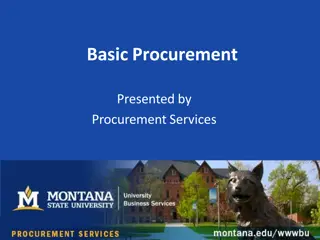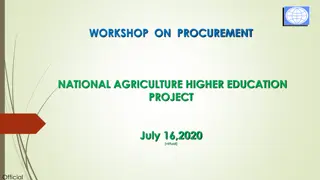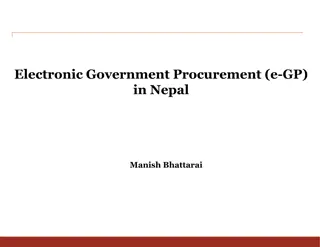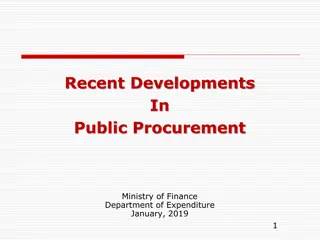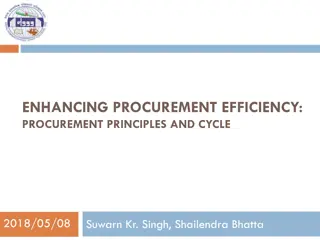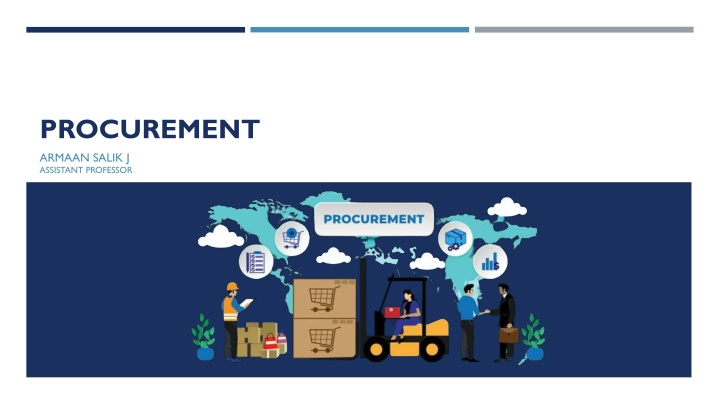
Comprehensive Guide to Procurement Process and Strategies
Discover the essentials of procurement, from direct and indirect categories to the procurement process steps like vendor selection and negotiation. Learn how efficient procurement practices can enhance business profitability and success. Explore the various types of procurement and essential techniques for successful procurement management.
Download Presentation

Please find below an Image/Link to download the presentation.
The content on the website is provided AS IS for your information and personal use only. It may not be sold, licensed, or shared on other websites without obtaining consent from the author. If you encounter any issues during the download, it is possible that the publisher has removed the file from their server.
You are allowed to download the files provided on this website for personal or commercial use, subject to the condition that they are used lawfully. All files are the property of their respective owners.
The content on the website is provided AS IS for your information and personal use only. It may not be sold, licensed, or shared on other websites without obtaining consent from the author.
E N D
Presentation Transcript
PROCUREMENT ARMAAN SALIK J ASSISTANT PROFESSOR
OVERVIEW Procurement encompasses a range of activities involved in obtaining goods or services, with procurement teams working to obtain competitively priced supplies that deliver the most value. It is the sum total of effort that goes into discovering and acquiring the supplies an organization requires to function effectively. Procurement is a vital business function. When managed efficiently and done well,it can help increase your business s profitability.
OVERVIEW It includes a range of activities involved in obtaining goods and services, including sourcing, negotiating terms, making purchases, tracking when supplies are received and maintaining records. It s important to continuously monitor and assess the procurement process to improve any weak spots or inefficiencies. Technology can reduce procurement cost and administrative overhead by automating and tracking procurement processes
TYPES OF PROCUREMENT Direct Procurement Indirect Procurement Goods Procurement Services Procurement What is it? Any good or service required to produce an end product All non-production- related goods or services Physical items typically held as inventory, whether for direct or indirect procurement purposes All people-based services procured, whether for direct or indirect procurement purposes Examples Raw materials, components and parts, machinery, items purchased for resale Office supplies, marketing services, utilities Raw materials, wholesale items, office supplies Law firms, contractors, contingent labor, on-site security services
PROCUREMENT PROCESS 1.Identify Requirements: Determine the specific goods or services needed, including specifications and quantity,by consulting all relevant departments. 2.Submit Purchase Request:Employees or departments create a formal purchase request detailing specifications, price, time frame, and quantity. The request is reviewed and approved by the relevant team. 3.Assess and Select Vendors: The procurement team sends a Request for Quote (RFQ) to potential suppliers,comparing costs,quality,reputation,and ethics to choose the best vendor. 4.Negotiate Price and Terms: Obtain at least three quotes, review them, and negotiate prices and terms.Final agreements should be put in writing. 5.Create a Purchase Order (PO): Fill out a detailed PO specifying the required goods or services and send it to the selected supplier.
PROCUREMENT PROCESS 6.Receive and Inspect Goods: Inspect the received goods or services for accuracy, quality, and any damage. 7.Conduct Three-Way Matching: Accounts payable compares the PO, receipt, and invoice to ensure consistency and resolve discrepancies. 8.Approve Invoice and Arrange Payment: If the documents match, approve the invoice and arrange payment,ensuring timely payments to avoid late fees. 9.Keep Records: Maintain detailed records of the entire procurement process for future reference, audits,and tax calculations.
STAGES OF PROCUREMENT Sourcing stage: This covers the initial steps in which the business identifies its needs, creates a purchase request and assesses vendors. Even after the initial sourcing steps are complete, it s a good practice to build strong relationships with suppliers. They can establish grounds for suppliers to learn from partners,improve products and processes and develop trust. Purchasing stage:This stage includes negotiating terms,creating orders and receiving and inspecting goods and services. Payment stage: Accounts payable conducts three-way matching to ensure order and invoice accuracy. The invoice can then be approved and the payment is arranged. Records of all invoices, orders and payments should be kept and carefully maintained.
7 COMMON PRINCIPLES OF PROCUREMENT Value for money:The organization must manage funds efficiently and economically when procuring goods and services. This may include conducting cost-benefit analyses and risk assessments. It s worth noting that low cost does not necessarily equate to greater value; characteristics such as quality and durability also factor into determining whether the purchase represents value for money. Fairness: Procurement should not provide preferential treatment to individuals or suppliers. All bids should be assessed objectively, based on how well they meet the organization s needs. Competition:Organizations should seek competitive bids from multiple suppliers, unless there are specific reasons not to do so, such as a sole-source provider where the good or service is only available from a single vendor. Efficiency: Procurement processes must be carried out efficiently to help maximize value and avoid delays. Transparency: Organizations should make relevant procurement information available to everyone, including the public as well as suppliers. Information should be kept confidential only when there are legal or other valid reasons to do so. Integrity:Those who practice public procurement should always strive to be perceived as trustworthy, reliable, honest and responsible. Funds must be used for their intended purpose and in the public interest. Accountability: People involved in the procurement process are accountable for their actions and decisions. They are required to report procurement activities accurately, including any errors.
PROCUREMENT KPIs Purchase order cycle time: Monitor the average number of hours or days it takes to process requisitions and send purchase orders to suppliers. Purchase order cycle time = # of hours or days it takes to process requisitions and send purchase orders to suppliers / # of purchase orders sent to suppliers Supplier lead time:The average number of days it takes for suppliers to send items after they receive a purchase order. Supplier lead time = # of days it takes for item(s) to arrive after supplier receives purchase order / Total # of purchase orders sent to supplier Number of suppliers: Having more suppliers gives the company more options but also increases administrative work. Many procurement groups monitor the number of vendors in their supplier networks and periodically remove little-used suppliers to increase efficiency.
PROCUREMENT KPIs Supplier defect rate:An important measure of supplier quality, this is usually measured as the number of defective parts divided by the total number of parts supplied. Supplier defect rate = # of defective parts from vendor / total # of parts from same vendor Supplier availability:This measures each supplier s ability to respond to last-minute or emergency demands. Supplier availability = # of times supplier fulfilled business orders / # of orders sent to supplier Fulfillment accuracy:This measures the percentage of orders that suppliers fill accurately and match the purchase order exactly. Fulfillment accuracy = # of accurate orders from supplier / total # of orders from same supplier Total ROI of procurement process:This measures the value a business s procurement strategy delivers to the organization. It s the ratio of the annual savings generated by the procurement group to the total annual amount spent on procurement.
PROCUREMENT, PURCHASING AND SUPPLY CHAIN: WHAT S THE DIFFERENCE? Procurement Purchasing Sourcing Supply Chain Management Definition All activities related to carefully sourcing and obtaining goods and services needed to support business operations Buying goods and services Selecting and vetting vendors to provide goods and/or services Managing the coordinated network of companies, facilities and business activities involved in sourcing, developing, manufacturing and delivering products Scope Includes sourcing, negotiation, purchasing, receiving and recordkeeping Part of the procurement process Part of the procurement process Includes the entire procurement process Focus Ensuring the company gets the most value from goods or services to increase the business s profitability Usually focuses on getting a good price Establishing good, long-term relationships with suppliers Cutting costs while getting goods to the customer as quickly as possible, without sacrificing quality or accuracy
TOP 10: PROCUREMENT STRATEGIES Chief Procurement Officers must be prepared to update their strategic plans and communicate the expectations and aspirations of supply chain procurement to their leadership, peers and teams. 1. Supplier relationship management (SRM) 2. Strategic sourcing 3. Cost reduction 4. Risk management 5. Supplier diversity 6. Digital transformation 7. Strategic negotiation 8. Demand Forecasting 9. Continuous improvement 10. Sustainability
SUPPLIER RELATIONSHIP MANAGEMENT (SRM) In the management and maintenance of relationships between a buyer and supplier, supplier relationship management (SRM) is one way for organisations to connect the supply chain and key suppliers with the strategic interest of the organisation. A well-designed SRM programme can help companies increase their collaboration and identify the right kind of suppliers suited to their business,product and beliefs. It can also help to improve cost optimisation, top-line growth, supplier innovation, and process improvements.
STRATEGIC SOURCING Compared to traditional sourcing methods,strategic sourcing is a long-term process seeking to create the best value possible while looking at the total cost of ownership. Strategic sourcing is a targeted approach to procurement that requires a continuous re-evaluation of sourcing activities,analysis of markets,and recognising of the goals of the organisation. With strategic sourcing, organisations can make their procurement processes less short-sighted and cost-focused.Instead,they can develop a flexible and agile system adding to the overall value and long- term goals of the organisation.
COST REDUCTION While other factors have risen in priority over the years cost reductions remain among one of the top priorities for organisations, with many turning to technology implementation, strategic sourcing, sustainability, and many other wider strategies to further the overall cost reduction strategy.
RISK MANAGEMENT It seems that you can t have procurement and supply chains without risk , and in recent years,risk and disruption have become more commonplace. With increased volatility, organisations need to be prepared to flexibly navigate uncertainty and risk. By implementing an effective risk management strategy, organisations can make better and more informed decisions, reduce disruption, increase resilience, improve supplier relationships,and better compliance.
SUPPLIER DIVERSITY With diversity strategies,they are no longer shy when it comes to promoting their supplier diversity programmes. An essential procurement strategy, supplier diversity is crucial to drive innovation, expand into new markets,and foster a more equitable business climate. It can also drive economic growth and job creation especially for communities often overlooked. Other benefits of supplier diversity include an increased competitive advantage, greater inclusion,and further sustainability efforts 9 in 10 organisations expected to maintain or increase supplier
DIGITAL TRANSFORMATION Digital transformation is the way forward for competitive organisations and those looking to stay ahead of the curve. Blockchain, AI, automation, Generative AI and many more are breaking through the siloed and old-school approaches to procurement to drive greater efficiencies, cost reductions, risk management, compliance,sustainability and real-time visibility.
STRATEGIC NEGOTIATION The bones of any procurement function are the negotiation of contracts and supply. Those organisations looking to have a competitive edge in their industry are moving beyond the traditional approach to negotiations and being much more strategic. Building on supplier diversity and SRM, strategic negotiation looks to build strategic relationships with suppliers,vendors and stakeholders to create a win-win situation. With this approach, organisations can benefit from cost optimisation, collaboration, and visibility.
DEMAND FORECASTING With the rise in volatility and disruption, the more information procurement can collect the more accurately the function can make decisions. With manufacturing,allocation of resources,revise pricing,and expedite fulfilment. demand forecasting organisations can plan raw material retention, By being more strategic in demand forecasting and the implementation of technology, organisations can reduce risk, improve budgets and costs, improve customer service and reduce downtime.
CONTINUOUS IMPROVEMENT In the current business landscape,continuous improvement is vital to stay ahead. Taking a continuous improvement approach to procurement ensures that processes, strategies,and technologies evolve and adapt to changing market and business needs. Benefits of continuous improvement include cost savings, supplier relationship development, risk mitigation and compliance, operational efficiency and continuous innovation.
SUSTAINABILITY As the importance of sustainability and ESG continues to rise, applying an effective sustainability strategy to procurement is no longer a nice to have but a MUST. Having a strategy in place to tackle this across not only procurement but the entire supply chain is essential. The benefits of a sustainability and ESG strategy include improved reputation, reduced GHG emissions, a boost in employees' wellbeing, and the support of local communities.

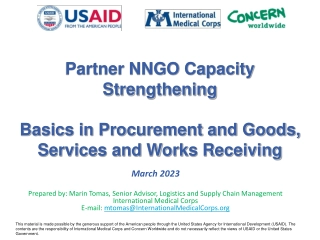
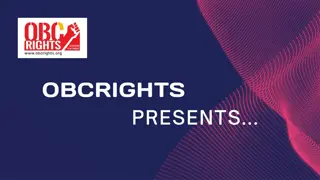
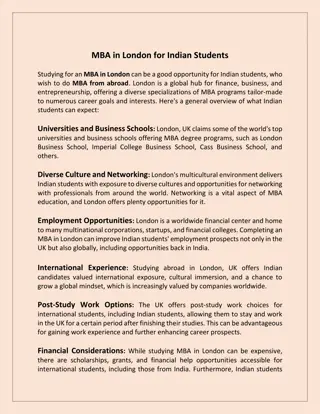
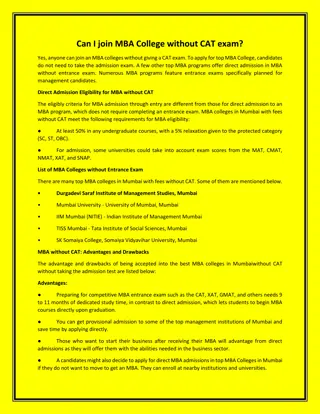
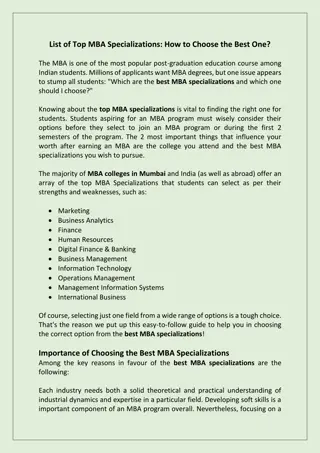
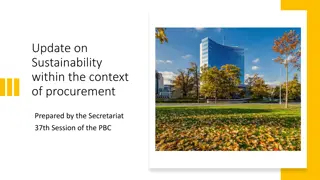



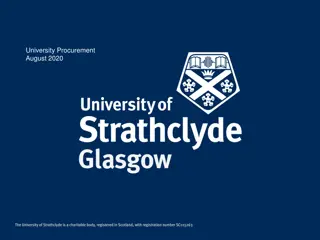
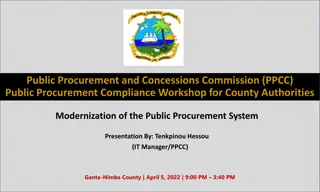
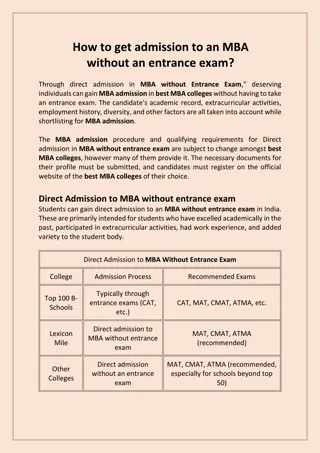
![Comprehensive Overview of Corruption Watch Submission on Public Procurement Bill [B18B-2023]](/thumb/138344/comprehensive-overview-of-corruption-watch-submission-on-public-procurement-bill-b18b-2023.jpg)
